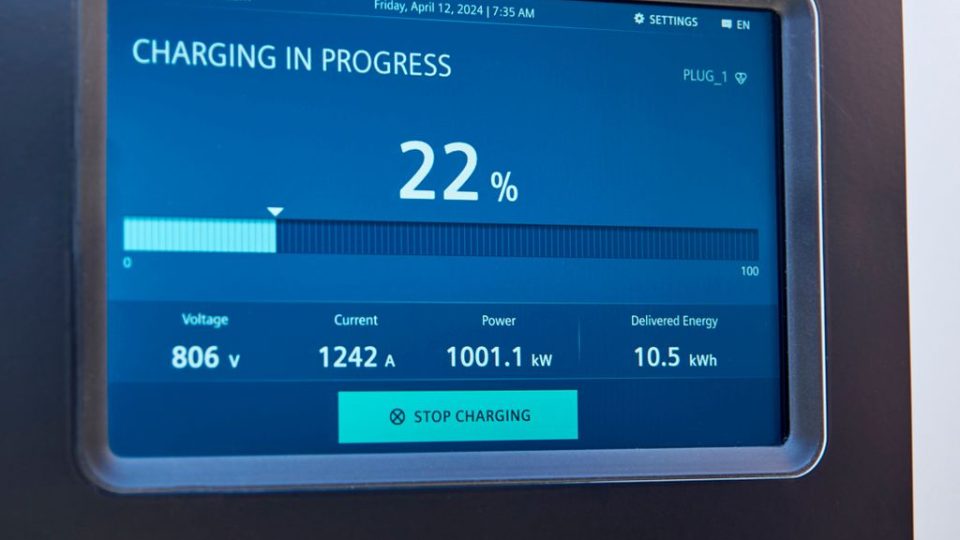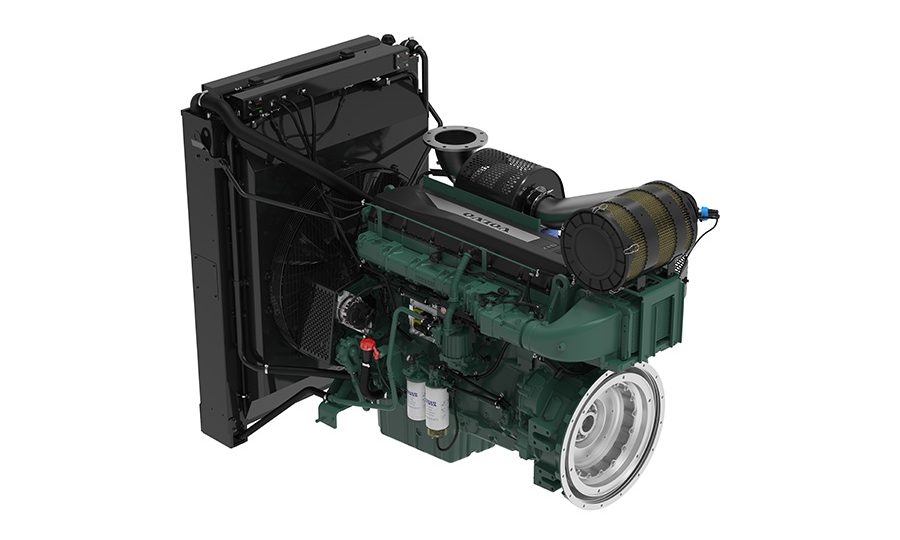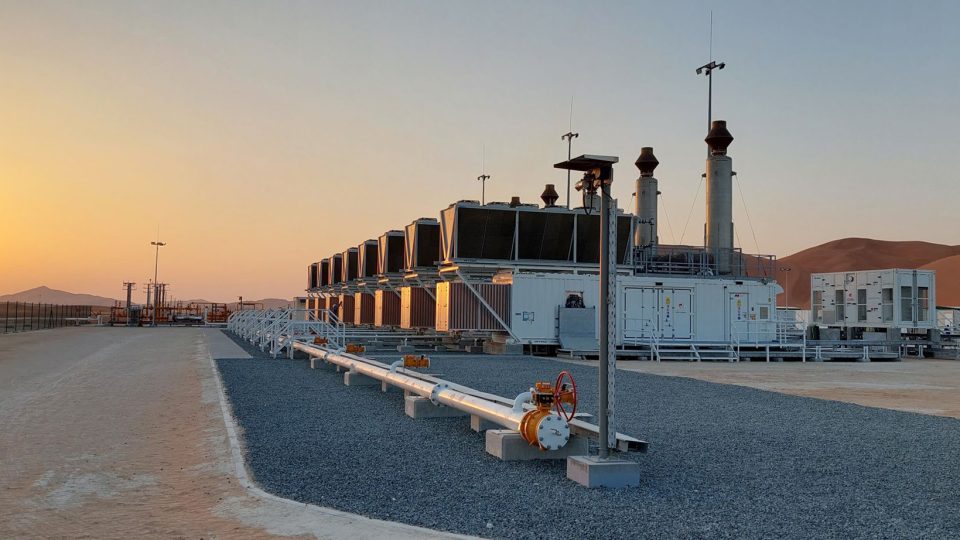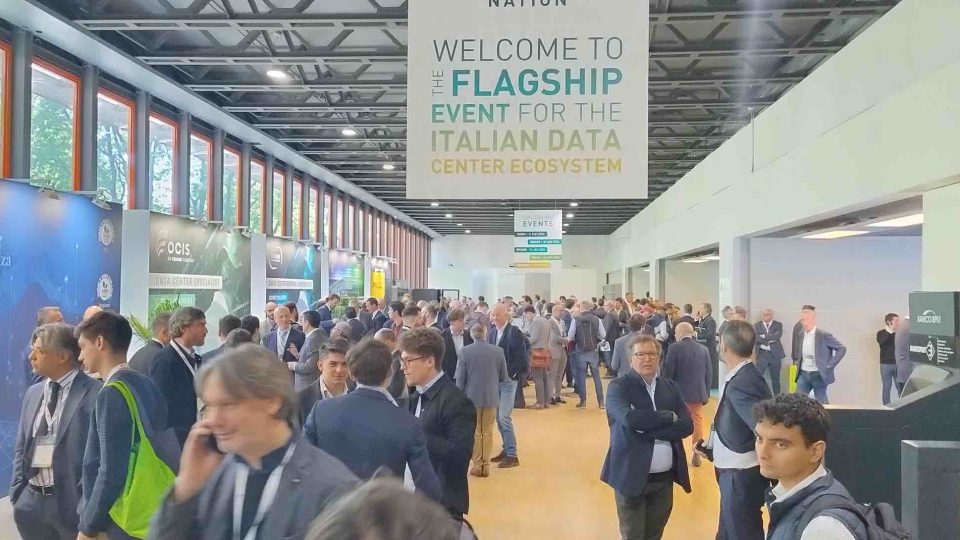Wärtsilä enters the Dutch market
Wärtsilä enters the Dutch market to supply the country’s largest energy storage system to support grid stability
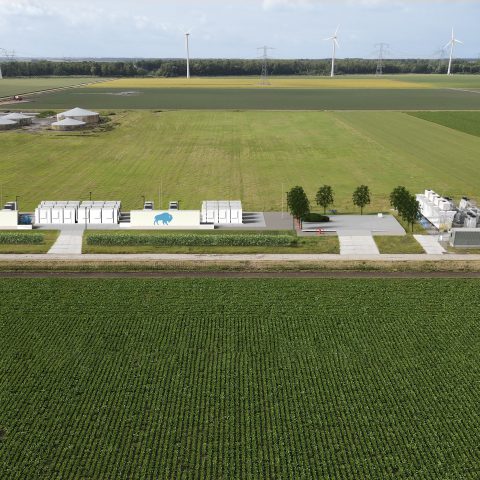
Wärtsilä specialises in ‘plus sizes’ and could not fail to do so in the Dutch market. The Finnish company will supply a 25-megawatt (MW) / 48-megawatt hour (MWh) energy storage system to GIGA Storage BV in the Netherlands to help stabilise the electric grid.
The first Wärtsilä in the Netherlands
This will be Wärtsilä’s first energy storage project in the Netherlands and it will be the country’s largest system to date. The order was booked to Wärtsilä order intake in December 2021, and the system is expected to become operational in October 2022. The Wärtsilä energy storage system, called the GIGA Buffalo battery, will be co-located with wind and solar assets at the Widnet smart grid, located at the Wageningen University & Research test centre in Lelystad. Eneco, a leading energy provider in the Netherlands, will utilise the battery to make its energy services more sustainable and add more renewable energy on the grid. The energy storage will also help to optimise the power system, regulate energy frequency and reliability on the grid and improve revenues. As the largest energy storage project in the Netherlands to date, it will store the equivalent of the annual energy consumption of more than 9,000 households each year.
“The Buffalo battery will help stabilise the Netherlands’ electricity grid and save a maximum of 23,000 tons of carbon dioxide emissions per year,” said Maarten Quist, COO, GIGA Storage. “We’re pleased to work with Wärtsilä to implement this landmark project, which will help us reach our goal of deploying 1.5 GW of energy storage in Europe by 2025.”
Wärtsilä and the Dutch Governement’s goals
The Dutch government has set a goal to reduce greenhouse gas emissions by 49% by 2030 and a 95% reduction by 2050. The growth of renewable energy in the Netherlands and likewise across Europe has helped to decarbonise the energy system but has also created congestion on electrical networks, making energy storage a necessity for reliability. Recent reports indicate that the Netherlands will need between 29 and 54-gigawatts (GW) of energy storage capacity by 2050.
“Wärtsilä sees a major opportunity and paramount need to help our customers increase energy storage deployment throughout Europe in order to realise a 100% renewable energy future,” said Pekka Tolonen, Director, Europe, Wärtsilä Energy. “This is an important milestone for Wärtsilä as our first project in the Netherlands. We’re thrilled to add yet another country to our 4 GWh portfolio of market-leading energy storage technology deployments worldwide.”
Buffalo battery
The Buffalo battery will be the first large-scale energy storage project based on lithium iron phosphate (LFP) chemistry in Europe, which provides enhanced safety features and uses less vulnerable natural resources. The project will include Wärtsilä’s GridSolv Quantum, a fully integrated, modular and compact energy storage system, as well as the GEMS Digital Energy Platform, Wärtsilä’s sophisticated energy management system. It will be optimised with Wärtsilä’s Service+ GAP solution, which provides maintenance with performance guarantees. Wärtsilä will supply the energy storage system under an extended equipment delivery and a long-term service agreement.



